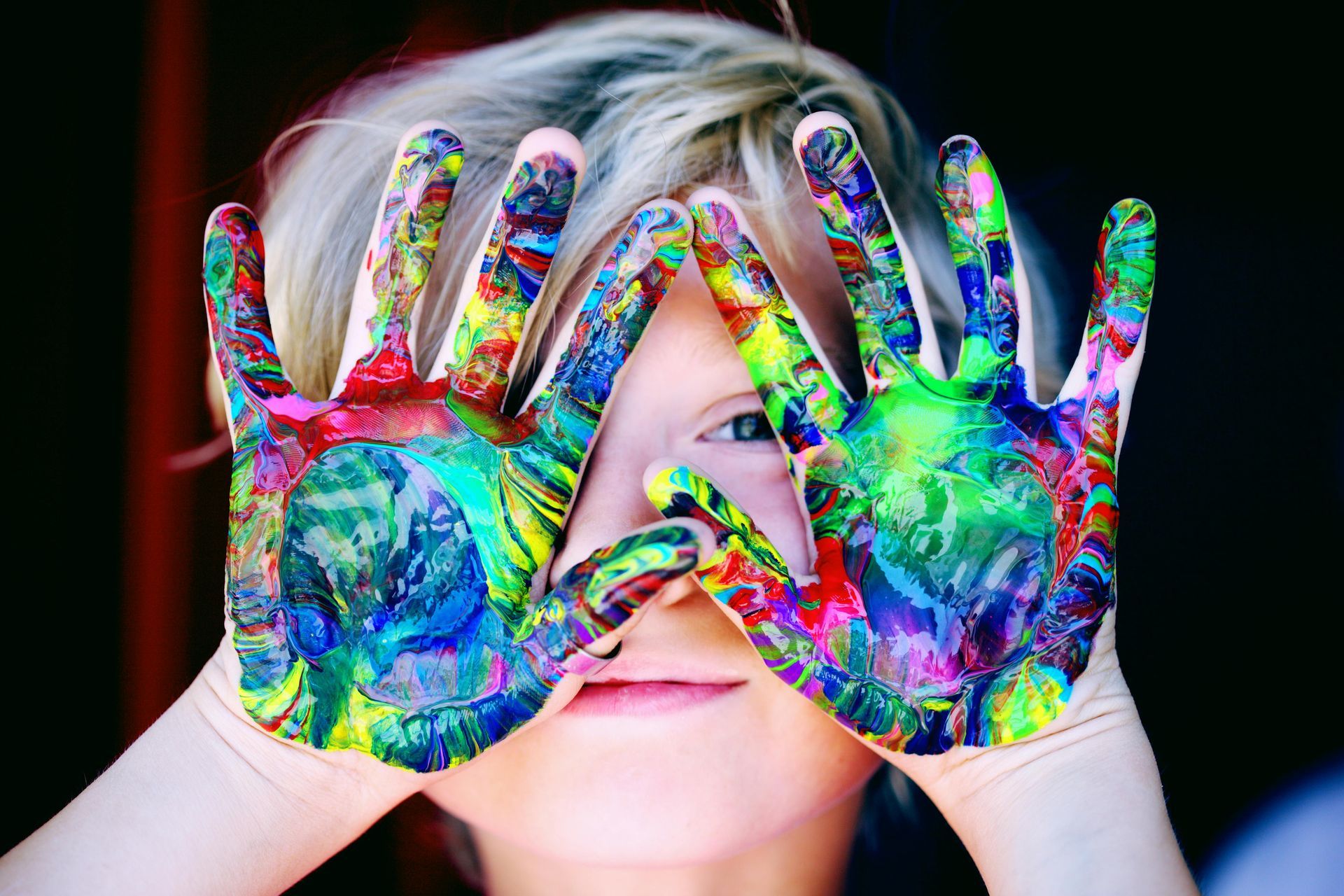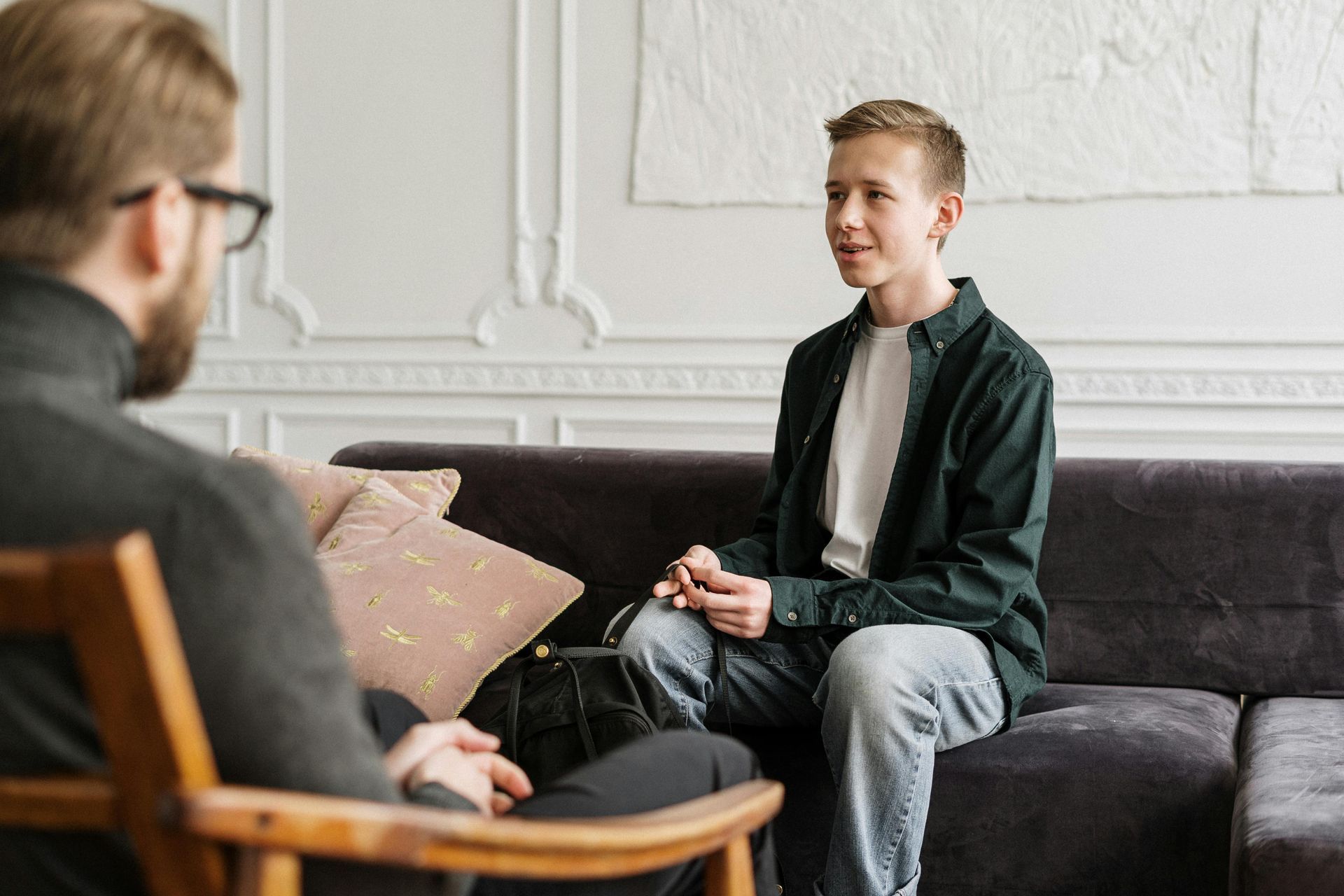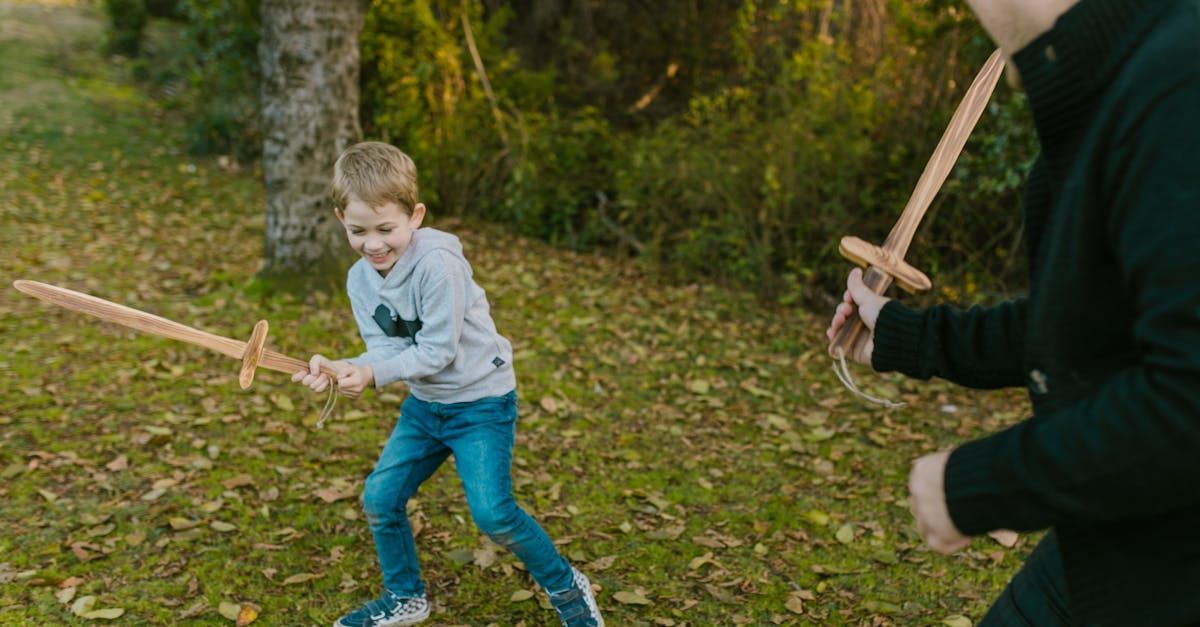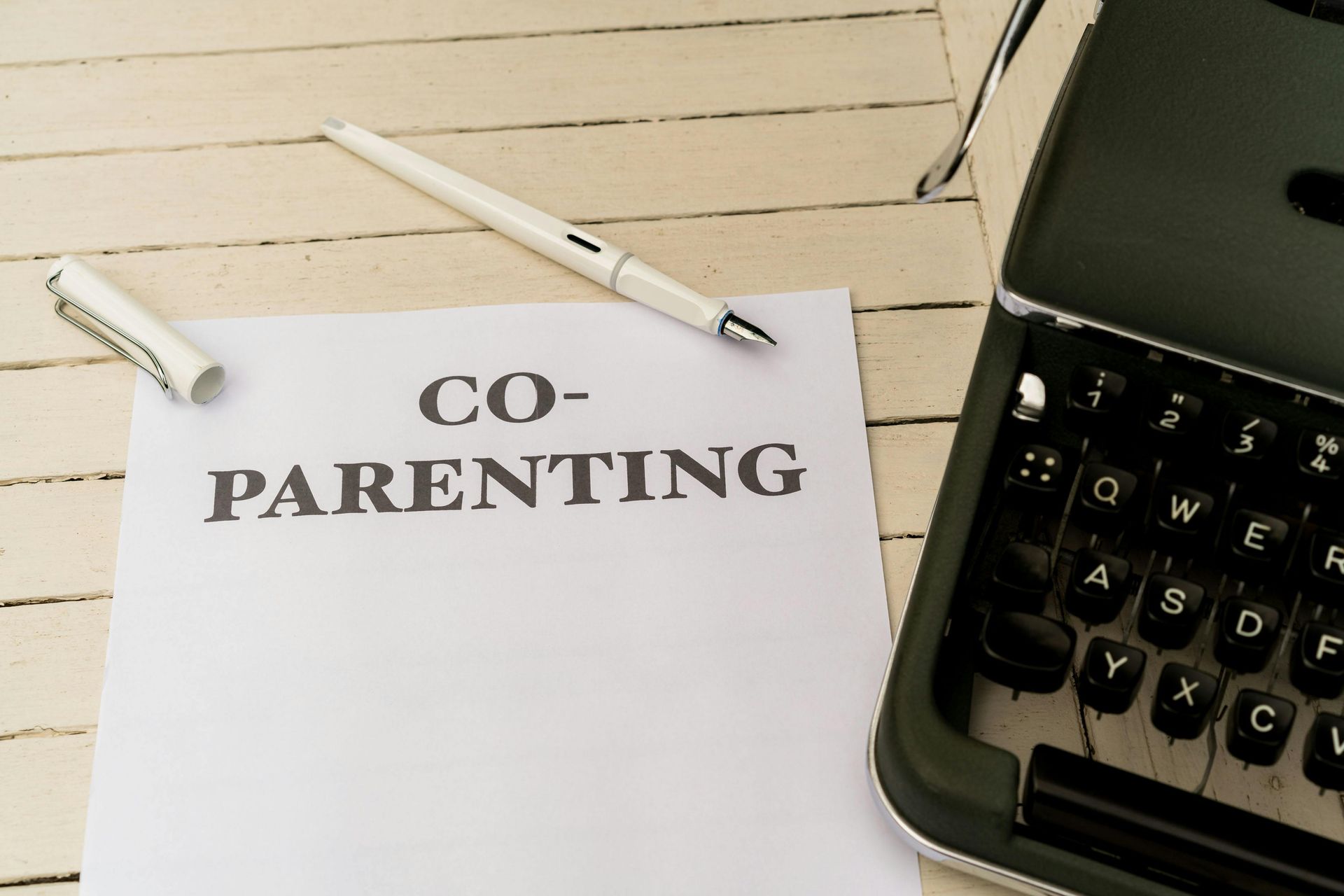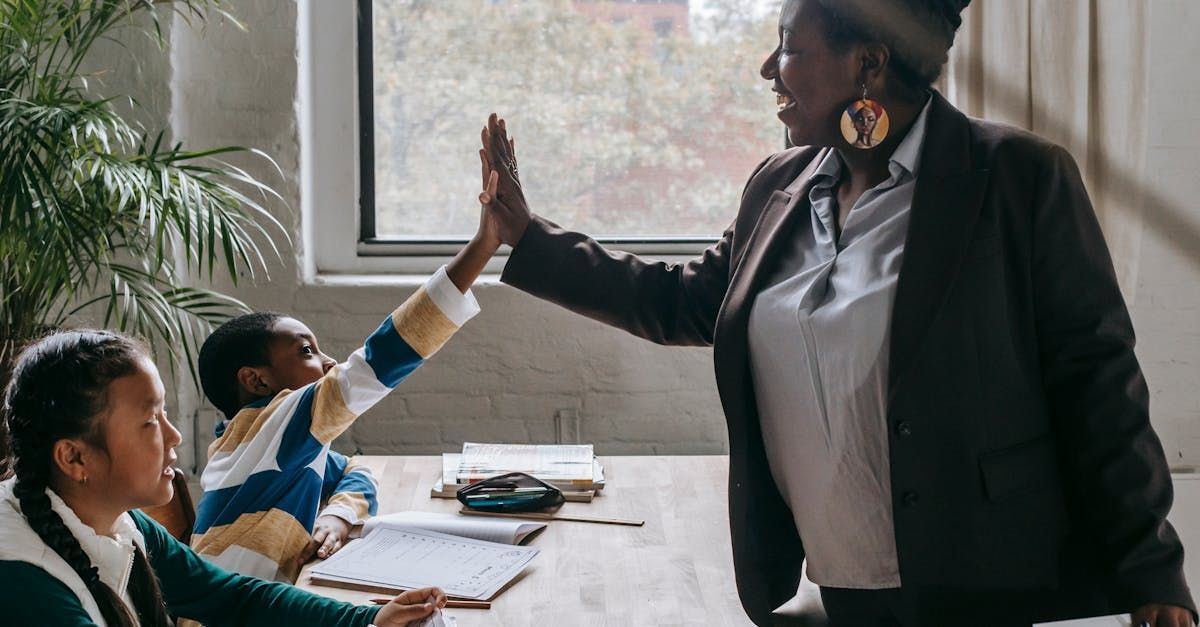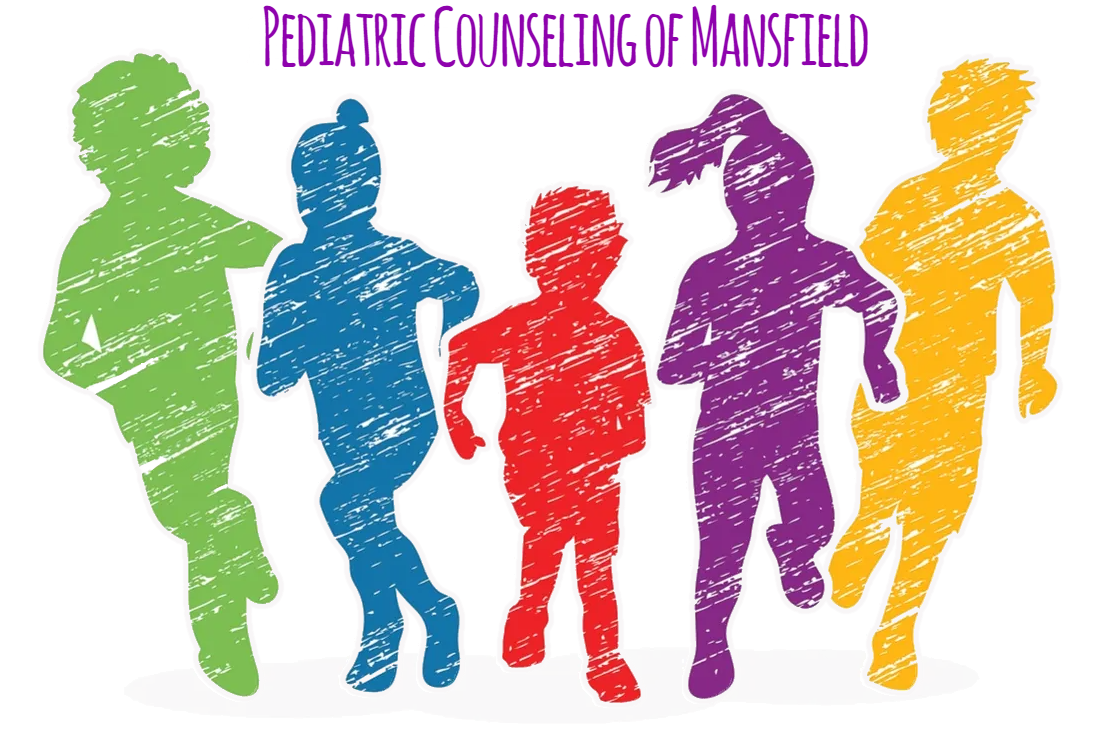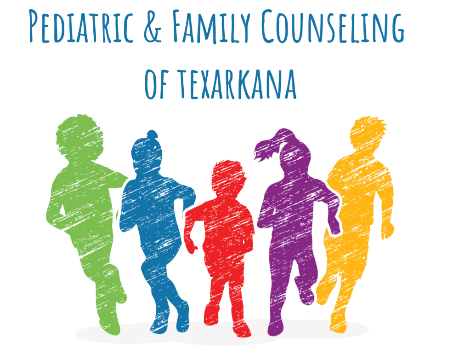Helping Kids Build Coping Skills That Last a Lifetime
As parents, caregivers, or educators, one of the most valuable gifts we can give children is the ability to cope with life’s ups and downs. Coping skills are the tools we use to handle stress, frustration, disappointment, and even excitement or change. Just like reading or riding a bike, these skills can—and should—be taught and practiced. When children learn healthy ways to cope, they’re better equipped to manage big feelings and bounce back from challenges with confidence and resilience.
What Are Coping Skills?
Coping skills are strategies people use to deal with stress or difficult emotions. For kids, these might include calming down when angry, asking for help when overwhelmed, or finding ways to express sadness in a safe way. Coping isn’t about ignoring emotions—it’s about recognizing them, understanding them, and responding to them in healthy, productive ways.
Why Kids Need Coping Skills
Children experience a wide range of emotions daily, sometimes more intensely than adults. From a tough day at school to a disagreement with a friend or a new sibling arriving at home, kids face stressors that can feel overwhelming. Without tools to manage those feelings, children may act out, shut down, or develop anxiety or behavioral challenges. Teaching coping skills early helps children:
- Build emotional intelligence
- Develop self-awareness and regulation
- Improve social interactions and communication
- Reduce anxiety and stress
- Feel empowered and confident in hard moments
Types of Coping Skills for Kids
There are many types of coping strategies. What works for one child may not work for another, so it’s important to offer a variety of tools and help kids explore what feels best to them.
1. Physical Coping Skills
These involve movement and help release built-up energy or tension:
- Going for a walk or run
- Jumping on a trampoline
- Squeezing a stress ball
- Dancing to music
- Deep breathing exercises
2. Sensory Coping Skills
These help regulate the nervous system by stimulating or calming the senses:
- Using a weighted blanket
- Playing with kinetic sand or playdough
- Listening to calming music
- Taking a warm bath
- Drinking cold water
3. Cognitive Coping Skills
These involve changing thought patterns or focusing attention:
- Positive self-talk (“I can do hard things”)
- Visualizing a safe or happy place
- Naming emotions to understand them
- Practicing gratitude
- Using a coping journal
4. Creative Coping Skills
These allow emotional expression through creativity:
- Drawing or painting
- Writing or storytelling
- Playing an instrument
- Building with blocks or Legos
- Acting out feelings with puppets or toys
5. Social Coping Skills
These involve seeking connection and support:
- Talking to a trusted adult
- Spending time with a pet
- Playing with a friend
- Asking for help
- Joining a group or activity
Teaching Coping Skills: Tips for Adults
- Model Them: Kids learn best by example. When you use coping strategies yourself, it sends a powerful message.
- Practice During Calm Moments: Introduce and practice coping skills when your child is calm—not in the heat of a meltdown.
- Create a Coping Toolbox: Let your child help build a kit with calming tools like sensory toys, coloring supplies, or calming cards.
- Use Visuals: Charts, posters, or emotion wheels can help children identify their feelings and choose a coping strategy.
- Praise Efforts: Recognize when your child tries to use a skill, even if it’s not perfect. Encouragement builds confidence.
Final Thoughts
Learning to cope is a lifelong journey, and it starts in childhood. The more we equip kids with emotional tools, the more resilient and emotionally healthy they become. Every meltdown, every worry, and every challenge is an opportunity to guide them toward self-understanding and growth.
By teaching and practicing coping skills, we’re not just helping kids handle today’s problems—we’re preparing them for tomorrow’s challenges with strength and heart.


